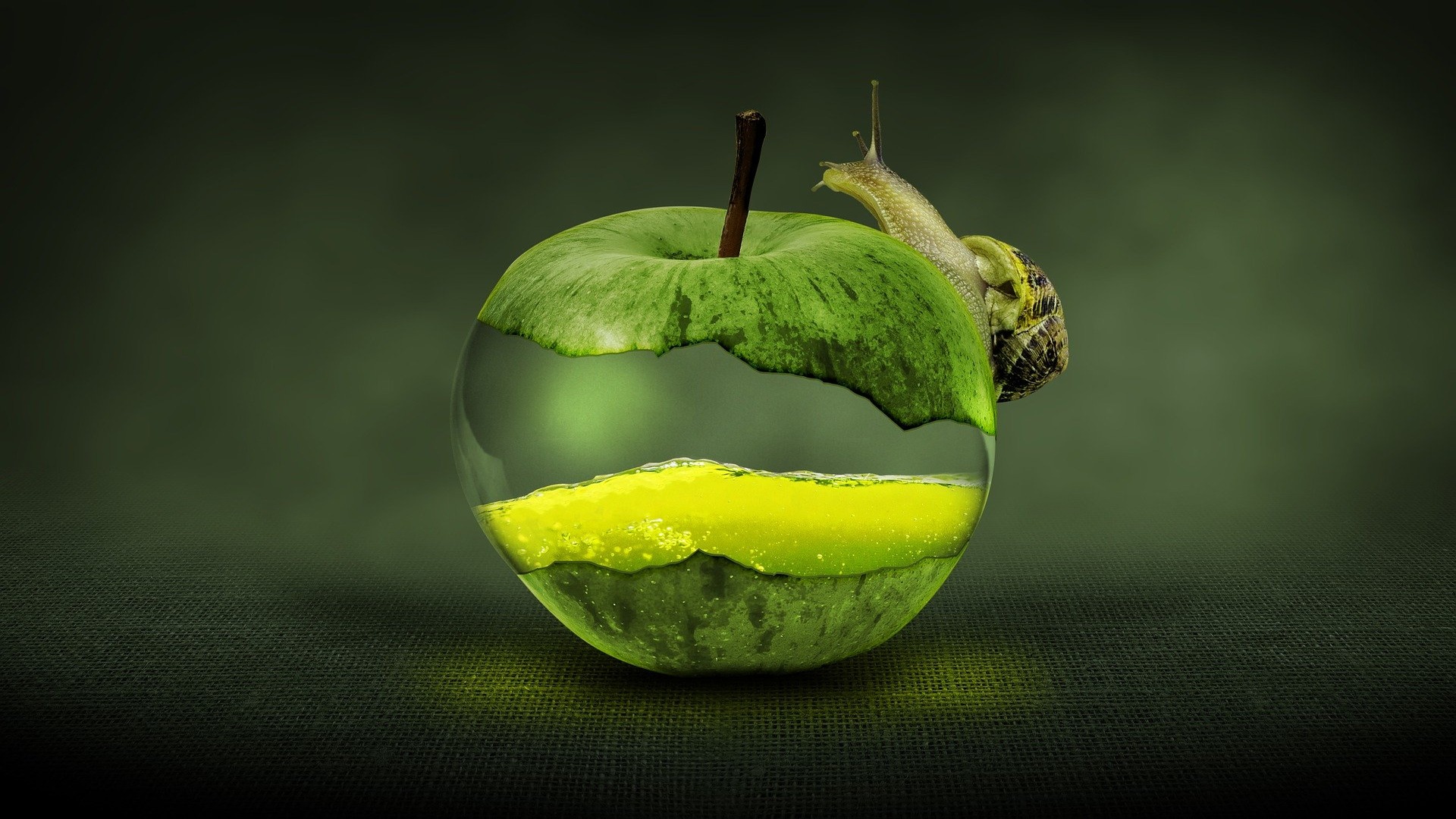
Food contamination is a major source of illness and death worldwide. The World Health Organization reports that roughly 600 million people will get sick after eating contaminated food each year, and about 420,000 of them will die. Children under age 5 are the most susceptible to serious effects of foodborne illness. Food industry professionals can use technology to minimize the risk of food contamination. With these tools and systems, companies can create an effective system of food safety that identifies contaminants and prevents their spread throughout the food supply.
Blockchain
Finding the source of contamination remains a major problem for food suppliers, highlighting a key benefit of blockchain technology. Traceability allows businesses to identify the location and handlers of food items from farm to point of sale. Blockchain provides for a greater level of transparency by decentralizing the records into multiple locations.
Individuals cannot tamper with the data to misrepresent or delete information, because it is held in multiple locations. With this technology, organizations can quickly trace the movement of contaminated foods.
AI
Artificial intelligence represents the vanguard of food safety technology, creating a complete package for companies to coordinate safe practices. AI provides a comprehensive system in which to record, test, highlight and maintain the function of systems.
The technology relies on a variety of tools that may be used as part of ensuring food safety, such as smart devices and sensors. Businesses can use AI to perform routine work at a higher degree of accuracy, such as recording holding temperatures and reporting problems.
Internet of Things
The Internet of Things simplifies the use of devices needed for food storage, transportation and preparation. The IoT, generally referred to as smart devices, involve consumer goods automation that provide key benefits to users.
Specifically, these devices can record and generate real-time data about temperatures, contamination risk or maintenance needs for the equipment. Human oversight can switch to reading reports and acting on alerts, instead of going from device to device to test food safety individually.
DNA Barcoding
Finding contaminated food is a race to minimize effects, emphasizing the importance of early identification technology. DNA barcoding uses a portion of the genome of a particular food item.
The technology creates something like a barcode that can be recorded as the food makes its way from grower to processer to retailer. With this barcoding technology, inspectors can identify the presence of foreign bodies, such as pests, bacteria or viruses.
Early identification of contaminants can allow for action to prevent the spread of foodborne illness.
Advanced Sensors
The latest technology for sensors allows food industry professionals to receive information about food safety conditions in food handling facilities, transportation vehicles and more.
Sensors no longer require people to inspect them in person to gather data. An advanced sensor can track the changes in temperature and humidity within a certain contained space and provide a report of these changes over time.
It can also give data that a smart device or AI system can use to trigger alerts for human review and intervention.
Automated Inspections
Maintenance of key systems for food safety starts with regular inspections at every stage of production and operation. Vision systems gather data rapidly about the production and processing of food items, highlighting defects faster than humans may notice. Workers can use this data to isolate defective products for removal.
As part of a comprehensive AI program, organizations can integrate automated inspections for food and systems. These inspections provide critical data for safe operation, including raising alerts to unsafe conditions and creating maintenance recommendations for equipment.
Sanitation Systems
Advanced sanitation helps to minimize the growth of bacteria and other contaminants in food processing, transport and holding facilities. The incorporation of UV and ozone sanitation allows companies to provide a higher level of sanitation with fewer chemicals or dangerous residues. These systems use light or ozone to kill pathogens. The integration of these technologies, in addition to other sanitation systems, can decrease the amount of time workers spend cleaning a space without compromising food safety.
From digital sensors that record data to comprehensive blockchain systems tracking movement of foodstuffs, technology can reduce risk of food contamination. By implementing these and other technologies, businesses can increase their accuracy in food safety tracking and help to reduce the spread of foodborne illness.
